
Drainage, forming, retention, and the effect on the paper surface of the web are very important in the slurry forming process. According to the existing drainage concept, improved slurry formation usually has to be at the expense of retention, low-dose retention helps change the batch properties, and it is possible to improve shaping by increasing turbulent flow effects.
Due to its flexible material, synthetic fiber-forming fabrics can be designed for a variety of weaves.
At present, forming fabrics can be roughly divided into a single layer (single layer of woven), double (double layer weave) and three-layer (triple layer weave) according to their structure.
Single layer forming fabrics can be divided into ring nets and plug-in nets according to their knitting procedures. Ring nets, also known as endless net, is an endless ring net that is woven directly from a loom. Its structural characteristics are weaving, the longitudinal direction of the paper machine (MD) for the weft, without the joint fiber yarn for double weaving at the interface. The longitudinal direction of the plug-in net weaving is a warp yarn, which is first knitted into a single piece. Then, the ends of the single piece are inserted by warp threads to form an endless net.
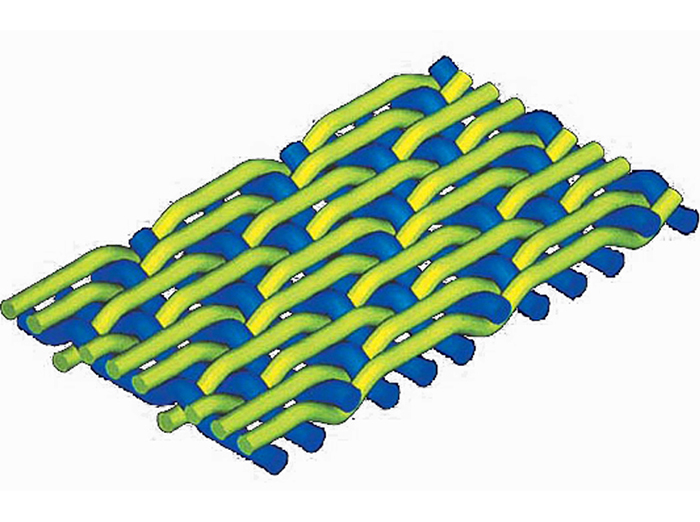
Single layer forming fabric
1.5 layer forming fabrics are improved products of single-layer nets and have improved multilayer net properties by increasing the density of the surface weft threads of stickers. The smoothness of the sticker surface, pulp fiber retention, dewatering performance, and cleaning performance are all greatly improved. The disadvantage is that it is not wear-resistant and has a short service life. Once the foreign matter has fallen into the net, the net will not be repaired.
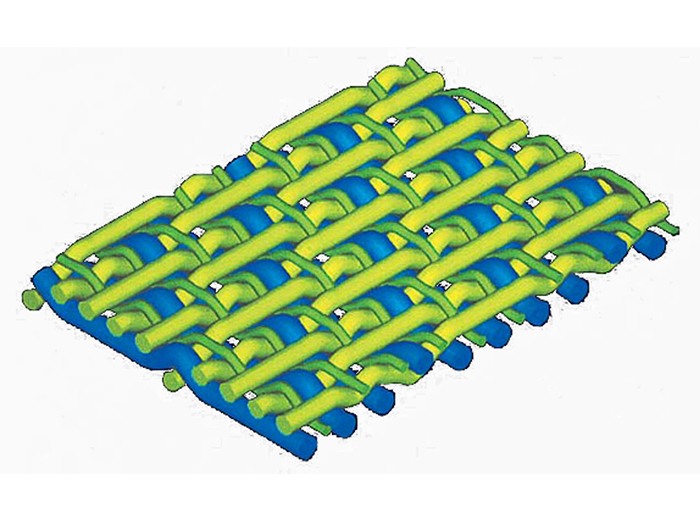
1.5 layer forming fabric
Double-layer forming fabrics usually weave two layers of weft threads into horizontal double-layer weaves. Compared with single-layer forming fabrics, the warp and weft lines have high density, and therefore have the characteristics of hard shrinkage and dimensional stability. The wire diameter and material of the paper-side and machine-side weft yarns can be arbitrarily selected according to the application requirements, thereby improving web scratches, surface appearance, smoothness, and service life. The three-dimensional space is large and the dewatering property is superior. The dewatering force does not directly affect the paper. Because of this, the fiber retention rate and the fiber loss rate are improved.
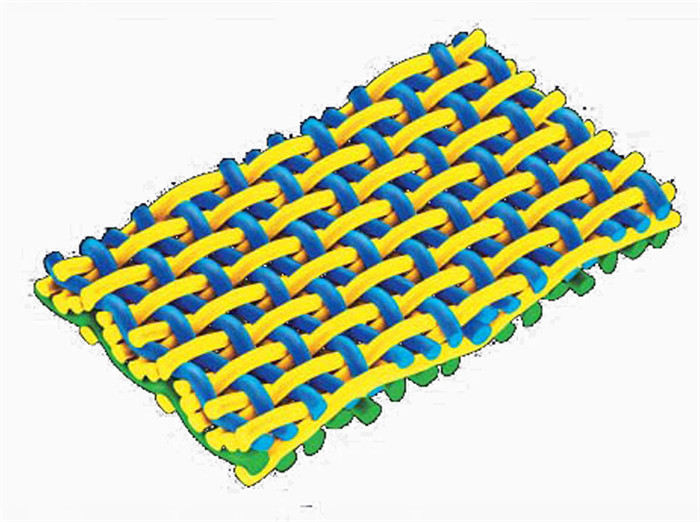
Double-layer forming fabric
2.5 layer forming fabrics, as an improved type of double layer forming fabrics, increases the density of the sticker surface weft, increases the number of paper support points, effectively improves the net mark and fiber retention rate, and improves the surface properties of the paper. The density of non-stick surface weft yarns can be reduced so that the internal three-dimensional space of the net is increased and the dewatering performance is improved.
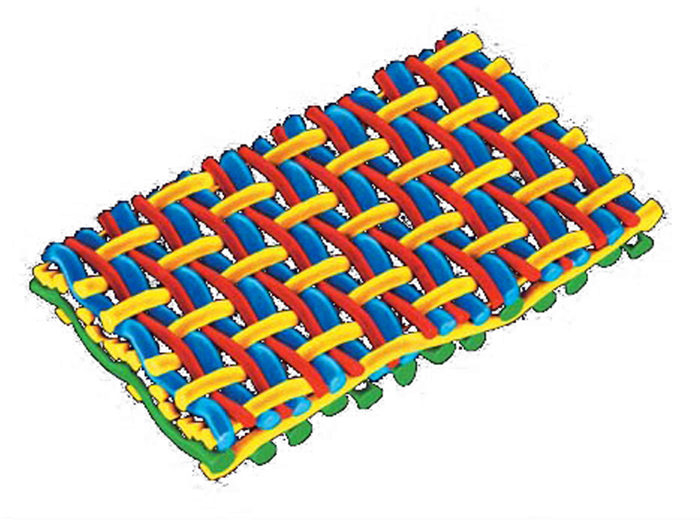
2.5 layer forming fabric
SSB three-layer forming fabric compared to two-layer forming fabric and 2.5-layer forming fabric, SSB nets with structural weaving design have higher fiber support and open evenly spaced meshes have a larger area and more Uniformly small meshes make the drainage more uniform, and the DC-type drainage channels also make drainage easier, have good air permeability, and improve the tension cross-section of the mesh.
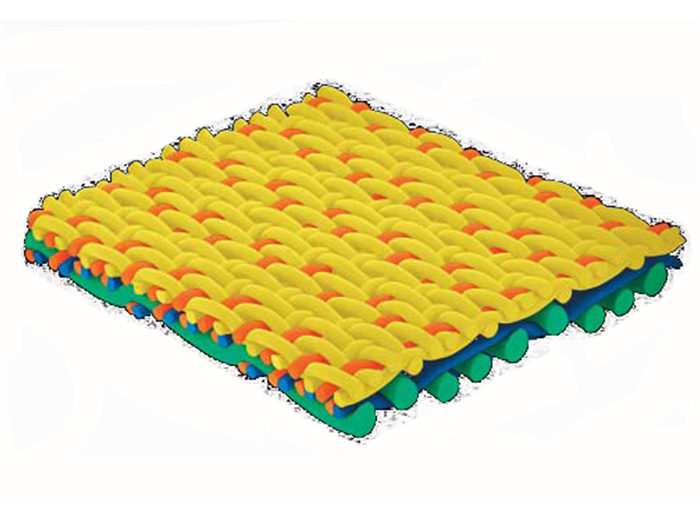
Three-layer forming fabric
Special triple layer forming fabrics are constructed and designed so that the upper and lower meshes are the same. While maintaining the original superiority of the three-layer network, the thickness of the network is reduced, and the internal void space is reduced so that the water retention rate of the network is reduced. And the net is wear-resistant and has a long service life. The mesh can be repaired in time as soon as the foreign object falls into the mesh and causes a small hole.
In the SSB network, the latitude and longitude lines of the decal side and the non-stick side are individually layered according to the respective requirements, and then the two layers forming fabrics are joined together with stitching yarns. The surface of the upper layer of the network is dotted with a large number of latitude and longitude lines. It is an ultrafine mesh flat fabric. The lower mesh screen is much coarser (only half of the upper layer is fine), so thicker diameter wires can be used to improve the wear resistance of the mesh, the volume of the three-dimensional space increases, and the service life is longer than the upper mesh, and the drainage performance is better. The upper line is finer, and the line is located exactly between the upper and lower layers when attached, so it will not be worn out. The number of tie lines depends on the specific use and requirements of the forming fabrics. The net surface cleaning performance is better than double-layer nets, and the range of paper produced is also much larger. Web marks, surface properties, and fiber retention can all be improved.